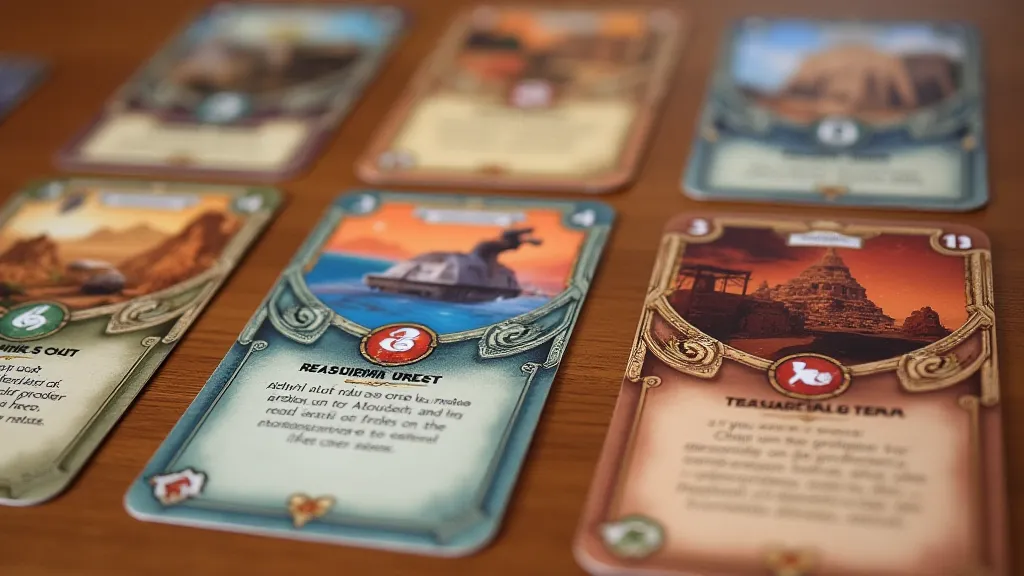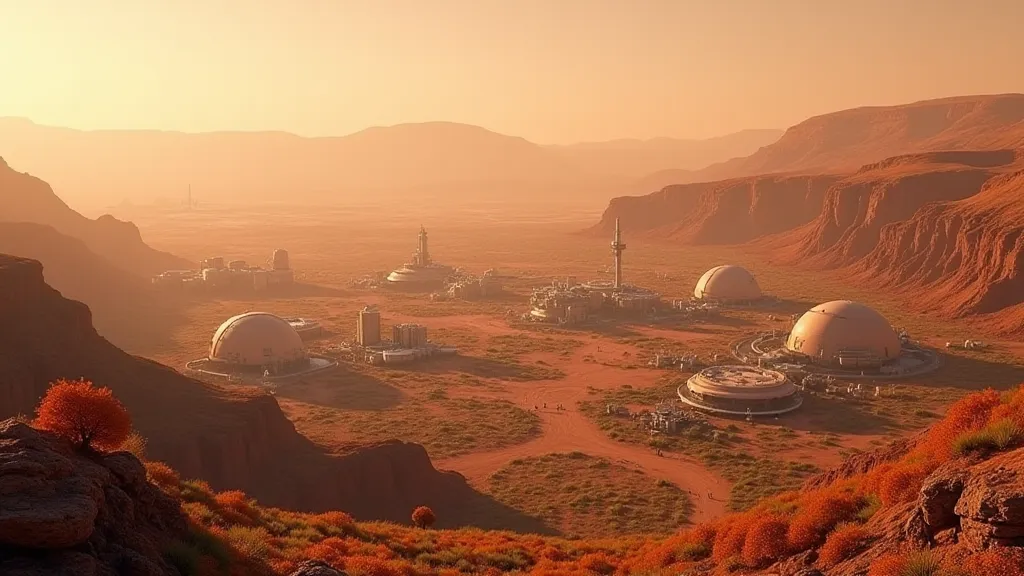Conquering the Cosmos: A Strategy Guide to Terraforming Mars
Terraforming Mars is a board game that demands patience, planning, and a good understanding of its intricate mechanics. It's a rewarding experience for those who enjoy engine-building, resource management, and a little bit of planetary manipulation. This guide aims to equip you with the knowledge to not just play, but to thrive in the red dust. Whether you’re a novice terraformer or a seasoned veteran, we’ll cover the core rules, explore advanced strategies, and help you build the most successful colony.
Understanding the Core Mechanics
At its heart, Terraforming Mars is about converting Mars into a habitable planet. This is achieved by increasing three global parameters: Temperature, Oxygen, and Ocean Tiles. Each project card you play contributes to these parameters, along with offering other benefits like production increases or VP. Resource management is key; you’re constantly balancing your income of MegaCredits (MC), Steel, Titanium, Plants, Energy, and Heat with the costs of playing cards and actions.
Key Concepts:
- Generation (Gen): Represents time passing. Each generation, players take turns performing actions.
- Production: The resources you generate each generation. Increasing production is vital for funding your terraforming efforts.
- Terraform Rating (TR): Your score, representing your contribution to the terraforming process. It increases as global parameters are met and also based on certain card effects.
- Card Drafting: At the start of each generation, you're dealt a hand of project cards and must choose which to keep and which to discard. Card drafting is crucial for shaping your strategy. The careful selection of cards, and the narrative that unfolds from those choices, is a fascinating aspect of board game design, explored in depth in The Cartographer’s Ink: How Board Game Mechanics Shape Narrative.

Strategic Pillars for Victory
While luck plays a role, strategic planning is the biggest determinant of success in Terraforming Mars. Here are some key pillars to build your colony around:
1. Production Focus
Early in the game, prioritizing production increases is often the best strategy. More MC allows you to play more cards, and more resources give you flexibility. Look for cards that generate MC, Plants, Energy, or other vital resources.
2. Card Synergy
Don't just play cards because they seem good in isolation. Look for cards that synergize with each other. For example, a card that increases Steel production is excellent if you also have cards that require Steel to play. Consider the placement of ocean tiles and greenery tiles, some cards benefit from their placement.
3. Adaptive Drafting
While having a general strategy is important, be prepared to adapt your plans based on the cards available. If you consistently get cards that support a specific engine (e.g., Steel-focused), embrace it. Don't force a strategy that isn't supported by the draft.
4. Milestone and Award Optimization
Milestones and Awards are significant VP sources. Carefully consider which ones you can realistically achieve, and tailor your strategy accordingly. Don't spread yourself too thin attempting too many milestones or awards.

Advanced Strategies & Tips
- Early Ocean Placement: Often overlooked, Ocean tiles provide significant benefits in the early game and can unlock powerful card effects.
- Steel and Titanium Engines: These resources are crucial for playing many high-value cards. Building an engine that generates them efficiently can lead to a significant advantage.
- Anticipating Opponents: Pay attention to what your opponents are doing. Block their strategies if possible, and try to anticipate their actions. Consider their corporation and potential card plays.
- Tag Team Synergy: Some corporations can strongly benefit from each other. Check and be aware of those possibilities.
- Resource Quality and Longevity: The durability of components and how they contribute to replayability is a key element in evaluating a board game. As an example of this, you might enjoy learning more about Board Game Components: A Guide to Quality and Durability.
Corporations to Consider
Your chosen corporation significantly influences your strategy. Some strong contenders include:
- Tharsis Republic: Strong starting production and access to building placement.
- Ecoline: Focuses on greenery and oxygen production.
- Helion: Excels in heat production.
- Juniper: Strong card draw and early game momentum.
- Mining Guild: Exceptional steel and titanium production.

Digging Deeper: Specific Card Strategies & Combos
Beyond the foundational pillars, mastering Terraforming Mars involves understanding the intricate interplay of cards. Here are a few card-specific strategies and powerful combos to consider:
Early Game Advantage: Cards like "Marine Expedition" and "Nansen's Last Stand" provide crucial early boosts to ocean and temperature, respectively. Prioritizing these can snowball into a significant lead.
Synergistic Combos: Combining "Automated Factories" with high-production cards like "Research" can generate an exponential increase in MegaCredits. Cards that trigger on resource production, such as "Energy Mining," synergize exceptionally well with resource-focused corporations.
Late-Game Optimization: As the game progresses, cards like "Gaia" become increasingly valuable, accelerating terraforming efforts and providing valuable victory points. "Krelnor's Egg" can provide game-changing resource boosts, but requires careful planning to maximize its potential.
Final Thoughts
Terraforming Mars is a complex game, but the depth of strategy and engine-building possibilities makes it incredibly rewarding. By understanding the core mechanics, embracing strategic planning, and adapting to the cards at hand, you’s be well on your way to turning the Red Planet into a vibrant, habitable world. For those wanting to learn more about complex strategy and planning, one might also enjoy the techniques for dominating Strategy Guide: Mastering Ticket to Ride.
Happy terraforming!


![Game News: Upcoming Board Game Releases in [Month/Year]](/thumbs/game-news-upcoming-releases.webp)


